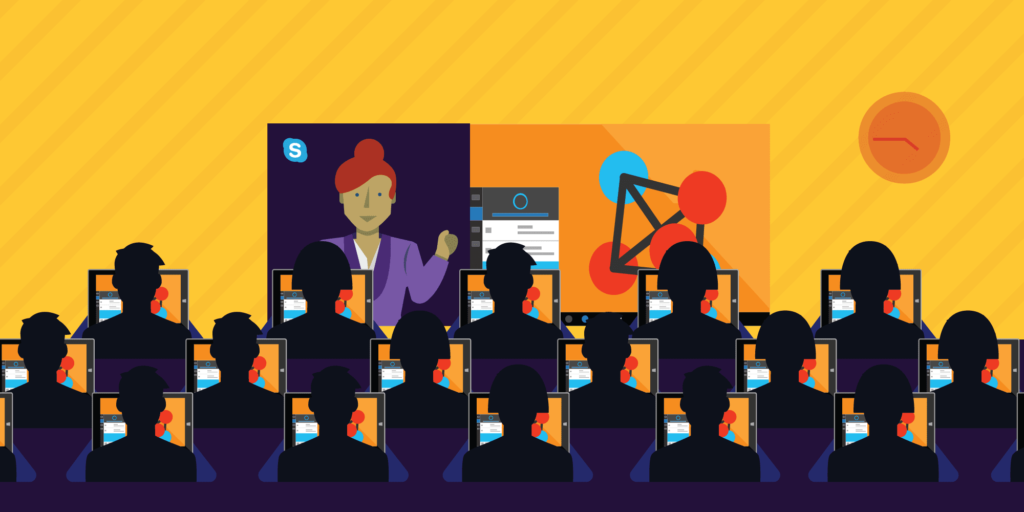
How could education inequality be eliminated by 2026?
Education is the passport out of poverty, but not everyone is eligible to apply.
Three barriers hold education back in Asia. First is access to education; second is the quality of provision; and third is the resourcing available in schooling systems.
By 2026, I believe that technology will have helped tackle these issues. Here is why we at Microsoft are doing all we can to eradicate education inequality across the world.
Increasing access to education
There is a huge disparity between education in cities and regional areas. We need to build a bridge between schools in cities and those in rural settlements. Technology will play a significant role here. Read the full blog to learn how technology can increase access to education, regardless of where the student lives.
Improving the quality of education
Technologies like Massive Open Online Courses, Skype, and virtual reality devices such as Hololense can grow the curriculum, provide access to the best teachers around the world, and enable greater creativity in the classroom. Read the full blog to learn how technology can improve the quality of education the students receive.
Maximizing resources
Education is focusing less on lesson plans and more about how to improve the student’s ability to learn. Technologies like data and machine learning can help personalize education, prioritize resources, and to enable teachers and parents to monitor the child’s progress in real-time. Read the full blog to learn how technology can improve education.
How to get there
Let’s return to the basic question: how do you help students learn? Personalized learning is the name of the game. We should help every individual on the planet achieve more, according to their own vision and needs. That’s Microsoft’s mission.
With education, every child can travel to new worlds. Let’s help every child have the adventure of a lifetime. Read Vivek’s full blog to learn more.
Contact Microsoft CityNext on Twitter or LinkedIn to comment on this blog or ask a question about Microsoft CityNext’s educated cities solutions.




